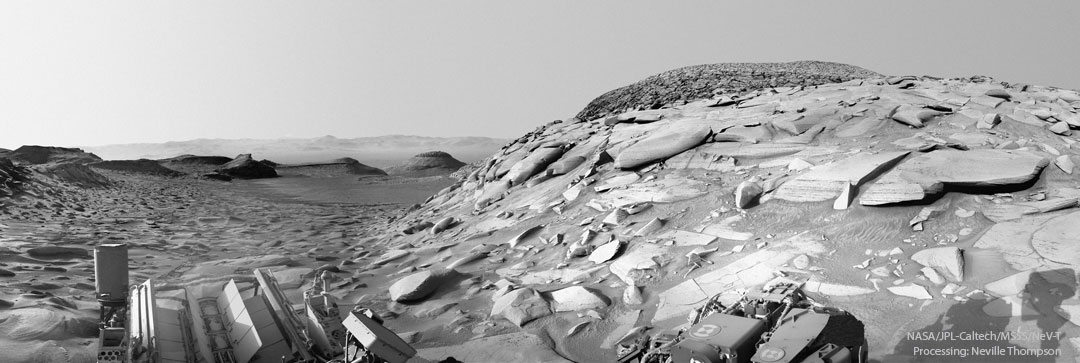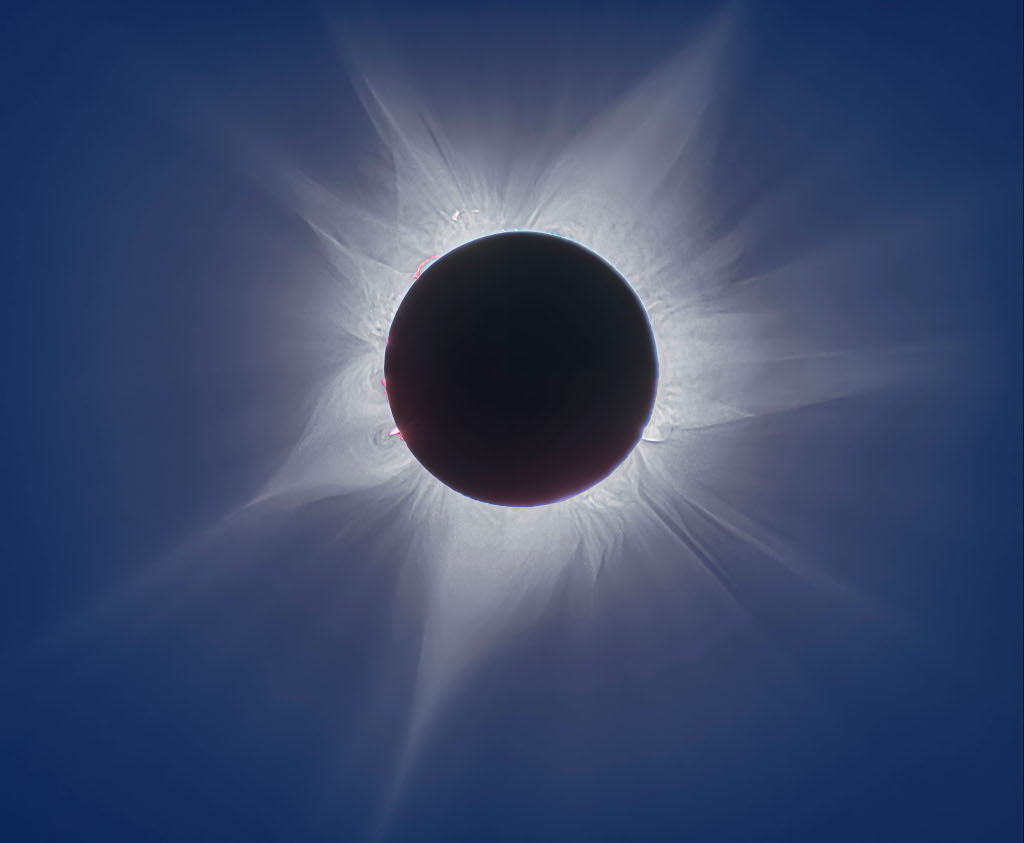
Nombre total de pages vues
04/05/2023
SANTé/MEDECINE - Excès de consommation de sucre - Impuretés de la peau - 2/7

03/05/2023
SANTé/MEDECINE - Excès de consommation de sucre - Fatigue et épuisement - 1/7

ASTRONOMY - Centaurus A: A Peculiar Island of Stars
Image Credit & Copyright: Marco Lorenzi, Angus Lau & Tommy Tse; Text: Natalia Lewandowska (SUNY Oswego)
Explanation: Galaxies are fascinating. In galaxies, gravity alone holds together massive collections of stars, dust, interstellar gas, stellar remnants and dark matter. Pictured is NGC 5128, better known as Centaurus A. Cen A is the fifth brightest galaxy on the sky and is located at a distance of about 12 million light years from Earth. The warped shape of Cen A is the result of a merger between an elliptical and a spiral galaxy. Its active galactic nucleus harbors a supermassive black hole that is about 55 million times more massive than our Sun. This central black hole ejects a fast jet visible in both radio and X-ray light. Filaments of the jet are visible in red in the upper left. New observations by the Event Horizon Telescope have revealed a brightening of the jet only towards its edges -- but for reasons that are currently unknown and an active topic of research.
GEMMOLOGIE - La fluorite, le quartz et la rhodochrosite
02/05/2023
ASTRONOMY - Flat Rock Hills on Mars
2023 May 2
Image Credit & Copyright: NASA, JPL-Caltech, MSSS; Processing: Neville Thompson
Explanation: Why are there so many flat rocks on Mars? Some views of plains and hills on Mars show many rocks that are unusually flat when compared to rocks on Earth. One reason for this is a process that is common to both Mars and Earth: erosion. The carbon-dioxide wind on Mars can act like sandpaper when it blows around gritty Martian sand. This sand can create differential erosion, smoothing over some rocks, while wearing down the tops of other long-exposed stones. The featured image capturing several hills covered with flat-topped rocks was taken last month by NASA's Curiosity Rover on Mars. This robotic rover has now been rolling across Mars for ten years and has helped uncover many details of the wet and windy past of Earth's planetary neighbor. After taking this and other images, Curiosity carefully navigated stones and slippery sand to climb up Marker Band Valley.
01/05/2023
AERONAUTIQUE - Avions de légende -Le Spirit of St. Louis (l'avion de Charles Lindbergh) et la traversée de l’Atlantique

ASTRONOMY - Carina Nebula North
2023 May 1
Image Credit & Copyright: Carlos Taylor
Explanation: The Great Carina Nebula is home to strange stars and iconic nebulas. Named for its home constellation, the huge star-forming region is larger and brighter than the Great Orion Nebula but less well known because it is so far south -- and because so much of humanity lives so far north. The featured image shows in great detail the northernmost part of the Carina Nebula. On the bottom left is the Gabriela Mistral Nebula consisting of an emission nebula of glowing gas (IC 2599) surrounding the small open cluster of stars (NGC 3324). Above the image center is the larger star cluster NGC 3293, while to its right is the emission nebula Loden 153. The most famous occupant of the Carina Nebula, however, is not shown. Off the image to the lower right is the bright, erratic, and doomed star known as Eta Carinae -- a star once one of the brightest stars in the sky and now predicted to explode in a supernova sometime in the next few million years.
30/04/2023
ASTRONOMY - Saturn's Moon Helene in Color
2023 April 30
Image Credit: NASA, JPL-Caltech, SSI; Processing: Daniel Macháček
Explanation: Although its colors may be subtle, Saturn's moon Helene is an enigma in any light. The moon was imaged in unprecedented detail in 2012 as the robotic Cassini spacecraft orbiting Saturn swooped to within a single Earth diameter of the diminutive moon. Although conventional craters and hills appear, the above image also shows terrain that appears unusually smooth and streaked. Planetary astronomers are inspecting these detailed images of Helene to glean clues about the origin and evolution of the 30-km across floating iceberg. Helene is also unusual because it circles Saturn just ahead of the large moon Dione, making it one of only four known Saturnian moons to occupy a gravitational well known as a stable Lagrange point.
29/04/2023
ASTRONOMY - Solar Eclipse from a Ship
2023 April 29
Image Credit: Fred Espenak
Explanation: Along a narrow path that mostly avoided landfall, the shadow of the New Moon raced across planet Earth's southern hemisphere on April 20 to create a rare annular-total or hybrid solar eclipse. From the Indian Ocean off the coast of western Australia, ship-borne eclipse chasers were able to witness 62 seconds of totality though while anchored near the centerline of the total eclipse track. This ship-borne image of the eclipse captures the active Sun's magnificent outer atmosphere or solar corona streaming into space. A composite of 11 exposures ranging from 1/2000 to 1/2 second, it records an extended range of brightness to follow details of the corona not quite visible to the eye during the total eclipse phase. Of course eclipses tend to come in pairs. On May 5, the next Full Moon will just miss the dark inner part of Earth's shadow in a penumbral lunar eclipse.
28/04/2023
ASTRONONOMY - Runaway Star Alpha Camelopardalis
2023 April 28
Image Credit: André Vilhena
Explanation: Like a ship plowing through cosmic seas, runaway star Alpha Camelopardalis has produced this graceful arcing bow wave or bow shock. The massive supergiant star moves at over 60 kilometers per second through space, compressing the interstellar material in its path. At the center of this nearly 6 degree wide view, Alpha Cam is about 25-30 times as massive as the Sun, 5 times hotter (30,000 kelvins), and over 500,000 times brighter. About 4,000 light-years away in the long-necked constellation Camelopardalis, the star also produces a strong stellar wind. Alpha Cam's bow shock stands off about 10 light-years from the star itself. What set this star in motion? Astronomers have long thought that Alpha Cam was flung out of a nearby cluster of young hot stars due to gravitational interactions with other cluster members or perhaps by the supernova explosion of a massive companion star.
ASTRONOMY - 3I/ATLAS Flyby
025 December 26 3I/ATLAS Flyby Image Credit & Copyright : Dan Bartlett Explanation: Attention grabbing interstellar visitor 3I/AT...

-
2022 September 26 All the Water on Planet Earth Illustration Credit: Jack Cook, Adam Nieman, Woods Hole Oceanographic Institution ; Data ...
-
2025 May 11 The Surface of Venus from Venera 14 Image Credit: Soviet Planetary Exploration Program , Venera 14 ; Processing & Copyri...






